Riverbend Community School
Gijigadaawangaa’an
As we stand for O Canada, we acknowledge that this beautiful country is made possible through the signing of the treaties with First Nations people. We are all treaty people.
This is one of the messages that might be heard throughout the school at the start of the day. Acknowledging the treaty relationship is an important protocol at Riverbend Community School. It helps to create a culture of respect for the contributions and histories of Indigenous peoples and the inclusion of Indigenous perspectives. And it creates a pathway for reconciliation. Also we sometimes start the day with students from our Ojibwe Bilingual program singing O Canada in Anishinaabemowin.
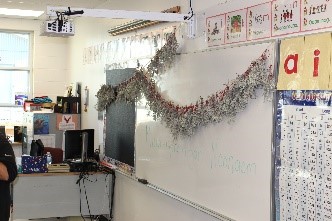 Another important routine for many classes is a daily smudge. Classes engage in this practice to set a positive tone and set a positive intention for the day ahead by smudging with sage- one of the four sacred medicines. Most of the sage that is used for smudging at our school has been gathered and dried by the students and teachers.
Another important routine for many classes is a daily smudge. Classes engage in this practice to set a positive tone and set a positive intention for the day ahead by smudging with sage- one of the four sacred medicines. Most of the sage that is used for smudging at our school has been gathered and dried by the students and teachers.
Welcome Assembly
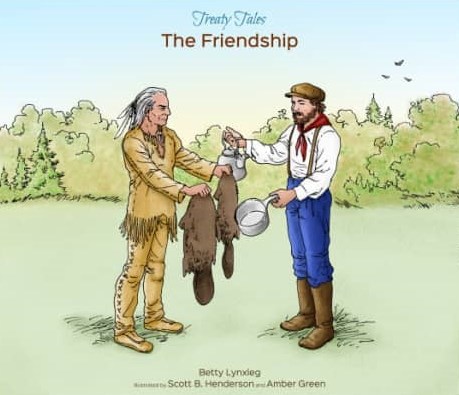 At our first assembly, a group of grade 4 and 5 students shared part of this story “The Friendship” to introduce the concept of treaty and the partnership that was established between “newcomers and First Nations people”. Sharing this story provided a point of reference for students and teachers when engaging in further conversations about treaties and the treaty relationship in Manitoba.
At our first assembly, a group of grade 4 and 5 students shared part of this story “The Friendship” to introduce the concept of treaty and the partnership that was established between “newcomers and First Nations people”. Sharing this story provided a point of reference for students and teachers when engaging in further conversations about treaties and the treaty relationship in Manitoba.
Also at our welcome assembly, our Anishinaabemowin learning support teacher, Audrey Guiboche shared the Turtle Song. She explained the song to the students and told them that it is a sacred song about how the Turtle comes out and looks around at the people and loves them. She also explained that in the Indigenous world view, the Anishinaabe call our land Turtle Island.
Orange Shirt Day
During Orange Shirt day students and teachers entered in to the conversation in various ways. Some focused on the concept that Every Child Matters while other sought out stories of residential school survivors. Our Elder in Residence, Elder Mary Courchene, visited with grade 4 and 5 students to share her story as a residential school survivor. Author David Robertson also shared one of his books, When We Were Alone, with students in grades k-4.
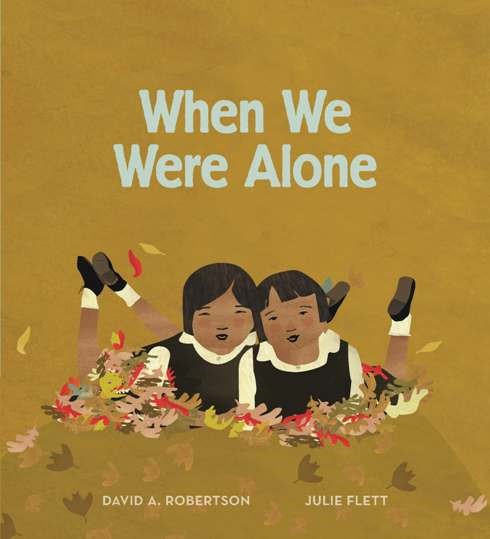
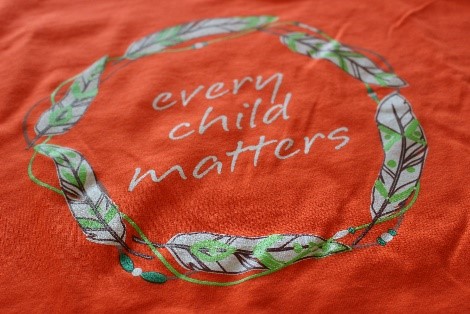
Fall Gathering
We welcomed in our school community by hosting a Fall Gathering on October 19th. It was important to us to include elements that reflect the diversity of our community. Our foods included hotdogs, veggies, samosas, ice cream and homemade bannock and jam. For entertainment we had Marlow the Magician, a scavenger hunt, henna art, face painting, storytelling and more. Earlier that day, Mr. Traverse and his students from room 22 helped Tipi Joe erect a tipi on school grounds while learning some of the history and teachings tied to the tipi.
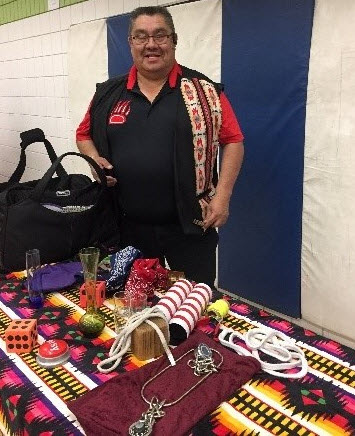
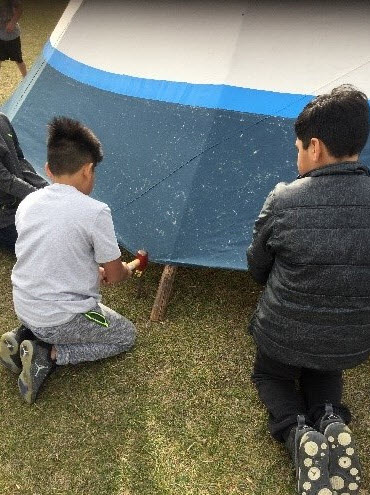
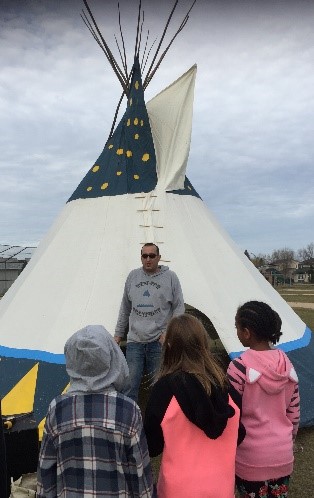
Mr. Braunstein
Room 19 Grade 4/5
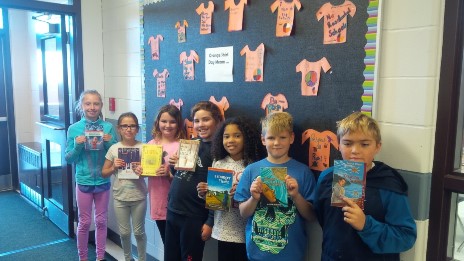
We are just finishing a small group Indigenous novel study. Grade 4/5 students chose books that they were interested in and explored Indigenous culture through a small group novel study. Students learned about First Nations culture, language, families and residential schools. The students are in the process of making posters to reflect their understandings. Through ongoing class discussions, students are able to share their learnings of Indigenous culture throughout the novel study. The grade 4s and 5s really enjoyed and learned a lot from these books!
Preschool Program
Colleen Zahedi
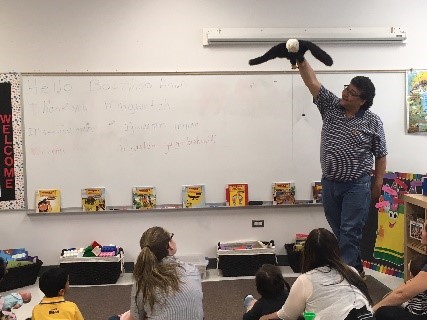
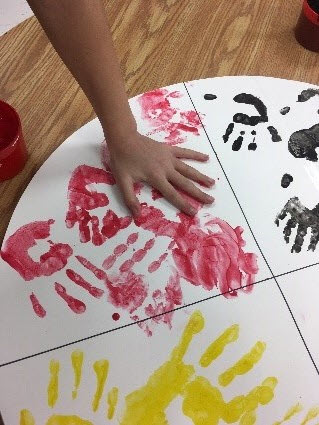
The artwork we did was to make a classroom medicine wheel by painting our hands in the 4 colours of the medicine wheel. I will make a new one this with year with new families.
Frank Beaulieu visited us last year and the kids loved how he made the eagle soar above them as he explained the eagle represented the teaching of love. We now have our own set of puppets and a set of early learning books on each teaching which I plan to build on our learning with families this year.
Mr. Traverse
Room 22 Grade 5
In our grade 5 class at Riverbend Community School we use the teachings and Indigenous ways of learning as our daily and weekly routines. I include many teachings in conversation such as moon teachings and often relate it to turtle lodge teachings. I share the importance of the circle in relation to cycles around the Medicine teachings. This includes bring in my sacred bundles and items to share my experiences and attachment to culture.
At the beginning of the year I created a Medicine Wheel that represented by beliefs and my identity as well my interests and aspirations. Each student also creates their own Medicine Wheel that represented themselves which I used to decorate the class.
I share the four medicine teachings (Tobacco, Sweet grass, Ceder, Sage). I plan a field trip so we can put out tobacco for the sage that we pick to use in our circle ceremonies that we conduct in class through out the year.
In the mornings we hold Sharing Circles to share our experiences over the previous night or weekend, but I also use this time to share any wants, needs and experiences of upcoming lessons or previous lessons that have been implemented. After the weekend and/or before the weekend during Sharing Circles I conduct smudges to calm, clear and unify our thoughts. I also us this time to build up my students reminding students that new learning is often hard and that frustration is okay, it signals new learning and I’m there to help them through any frustrations.
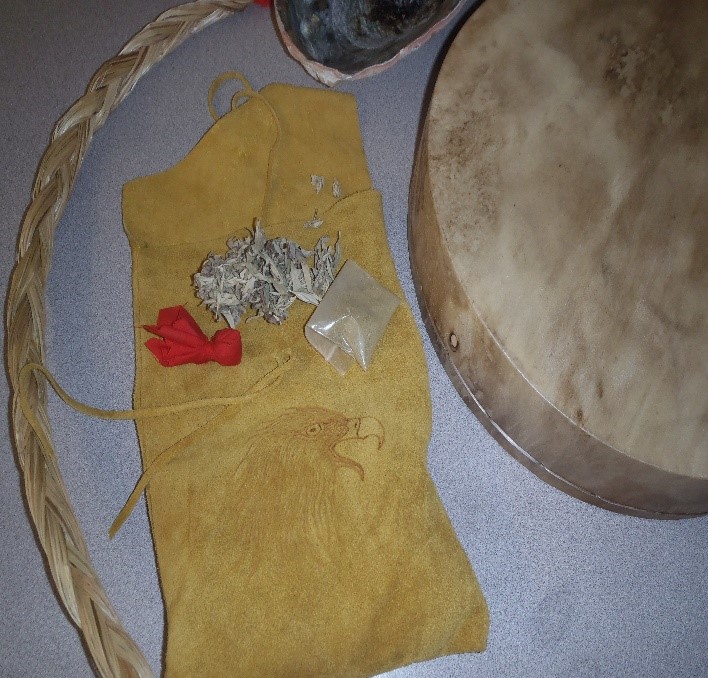
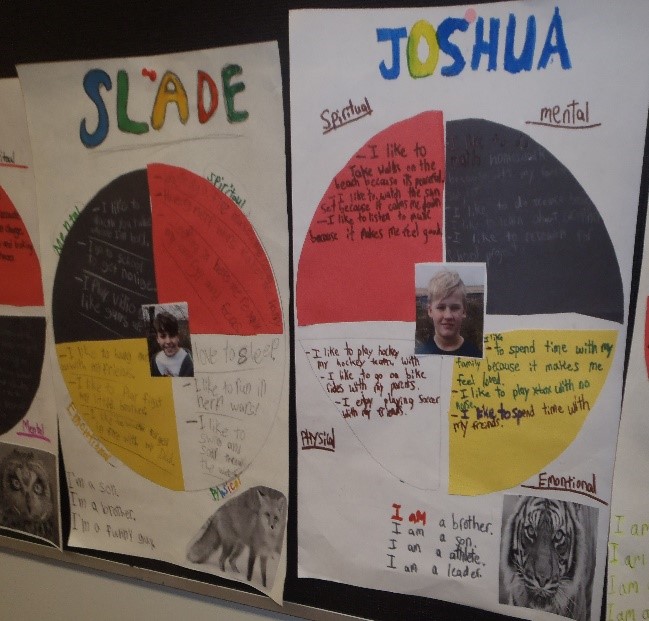
JoAnn Wright
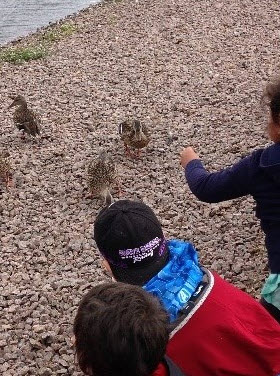 Room 1, Kindergarten
Room 1, Kindergarten
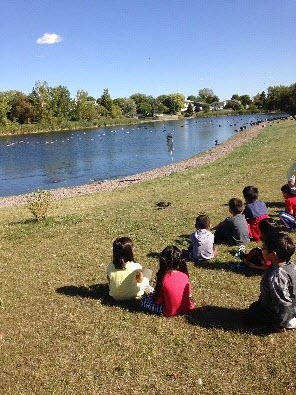
Inspired by Orange Shirt Day and in honour of the children who attended Residential Schools we are learning the importance of knowing who we are and where we come from as the foundation in building a strong self-identity.
In an effort to create an inclusive learning environment and awareness of Canadian history we are making connections to our own identities based on Indigenous perspectives such as The Seven Sacred Teachings, Spirit Animals and Clan Systems of Indigenous Peoples.
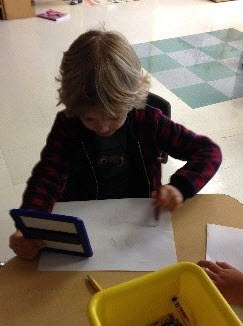 Through guided instruction and planned activities the children, in both the English and Anishinaabemowin program, are invited to explore connections between text, self and world. In keeping with authentic Indigenous perspectives we are using texts from Indigenous authors such as Danielle Daniel “Sometimes I Feel Like a Fox”; Katherena Vermette “The Seven Sacred Teachings Series”; Marc Anthony Jacobs “Ojibway Clans: Animal Totems and Spirits” and Joe McLellan “Goose Girl”. These rich texts help us to identify that just like people, animals have individual strengths and traits that teach valuable life lessons.
Through guided instruction and planned activities the children, in both the English and Anishinaabemowin program, are invited to explore connections between text, self and world. In keeping with authentic Indigenous perspectives we are using texts from Indigenous authors such as Danielle Daniel “Sometimes I Feel Like a Fox”; Katherena Vermette “The Seven Sacred Teachings Series”; Marc Anthony Jacobs “Ojibway Clans: Animal Totems and Spirits” and Joe McLellan “Goose Girl”. These rich texts help us to identify that just like people, animals have individual strengths and traits that teach valuable life lessons.
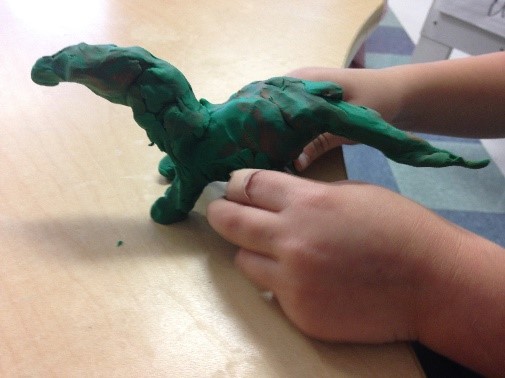 For our specific learning, each child selected an animal that they felt best matched their own personality and characteristics. They have begun to learn the different responsibilities their respective animal has in supporting and leading in animal habitats. The children are gaining knowledge through multi-media art, dramatic play and outdoor learning that different animals have
For our specific learning, each child selected an animal that they felt best matched their own personality and characteristics. They have begun to learn the different responsibilities their respective animal has in supporting and leading in animal habitats. The children are gaining knowledge through multi-media art, dramatic play and outdoor learning that different animals have 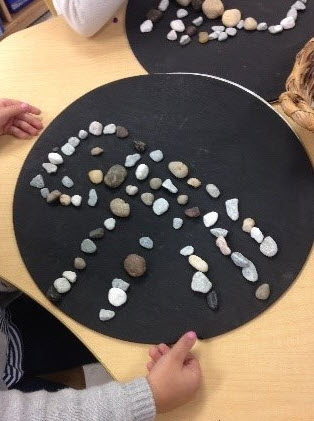 specific qualities; yet each are very important to the whole community - just like humans. The students’ hard work will be showcased at our upcoming Parent Conference.
specific qualities; yet each are very important to the whole community - just like humans. The students’ hard work will be showcased at our upcoming Parent Conference.
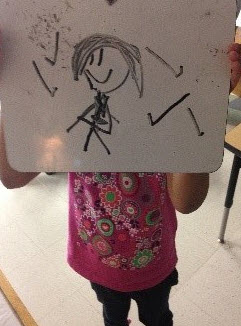 Our next quest is to explore who we are as Canadians through examination of landmarks in our community and by investigating treaty relationships to understand what it means to be Treaty People.
Our next quest is to explore who we are as Canadians through examination of landmarks in our community and by investigating treaty relationships to understand what it means to be Treaty People.
Miigwech!